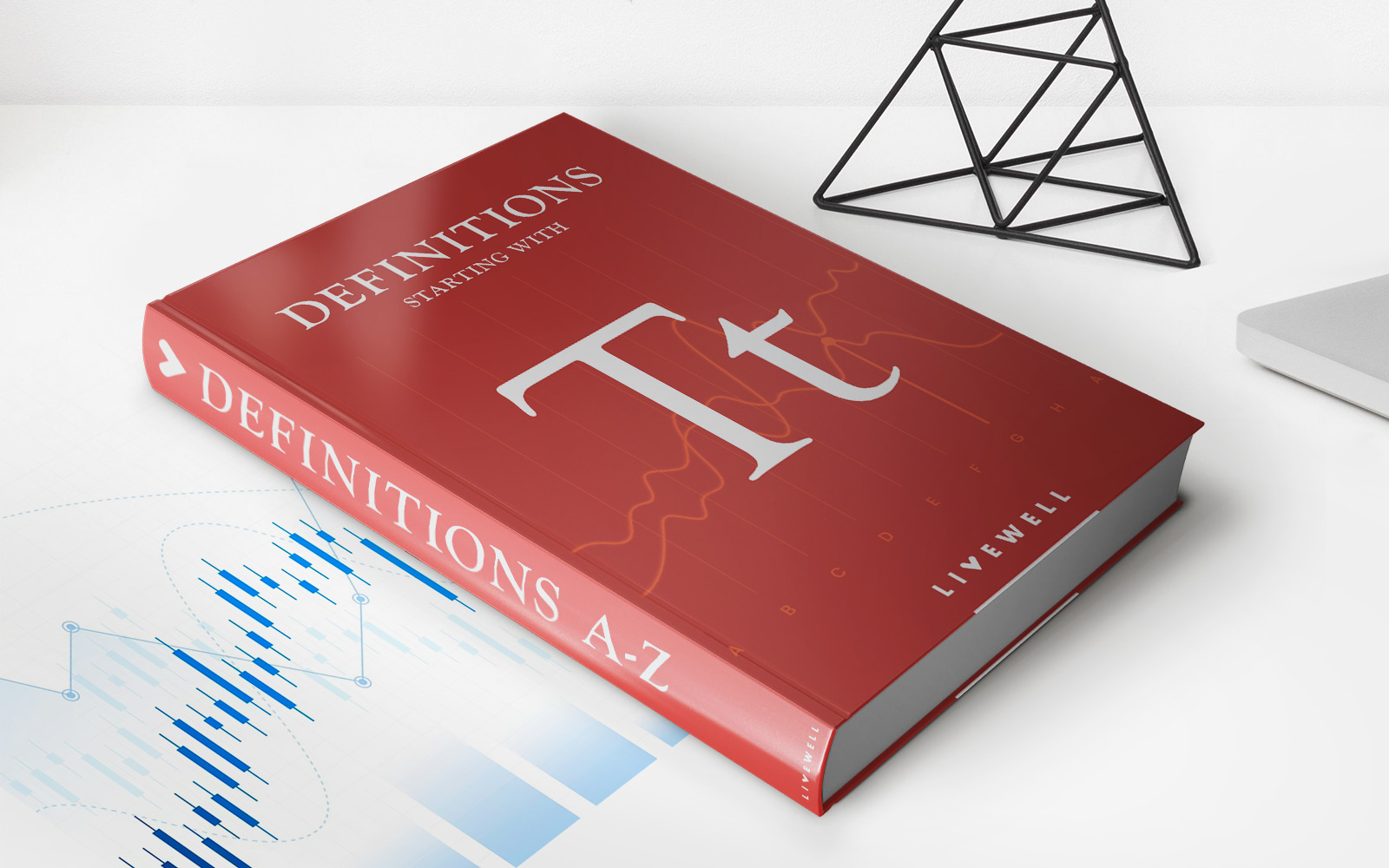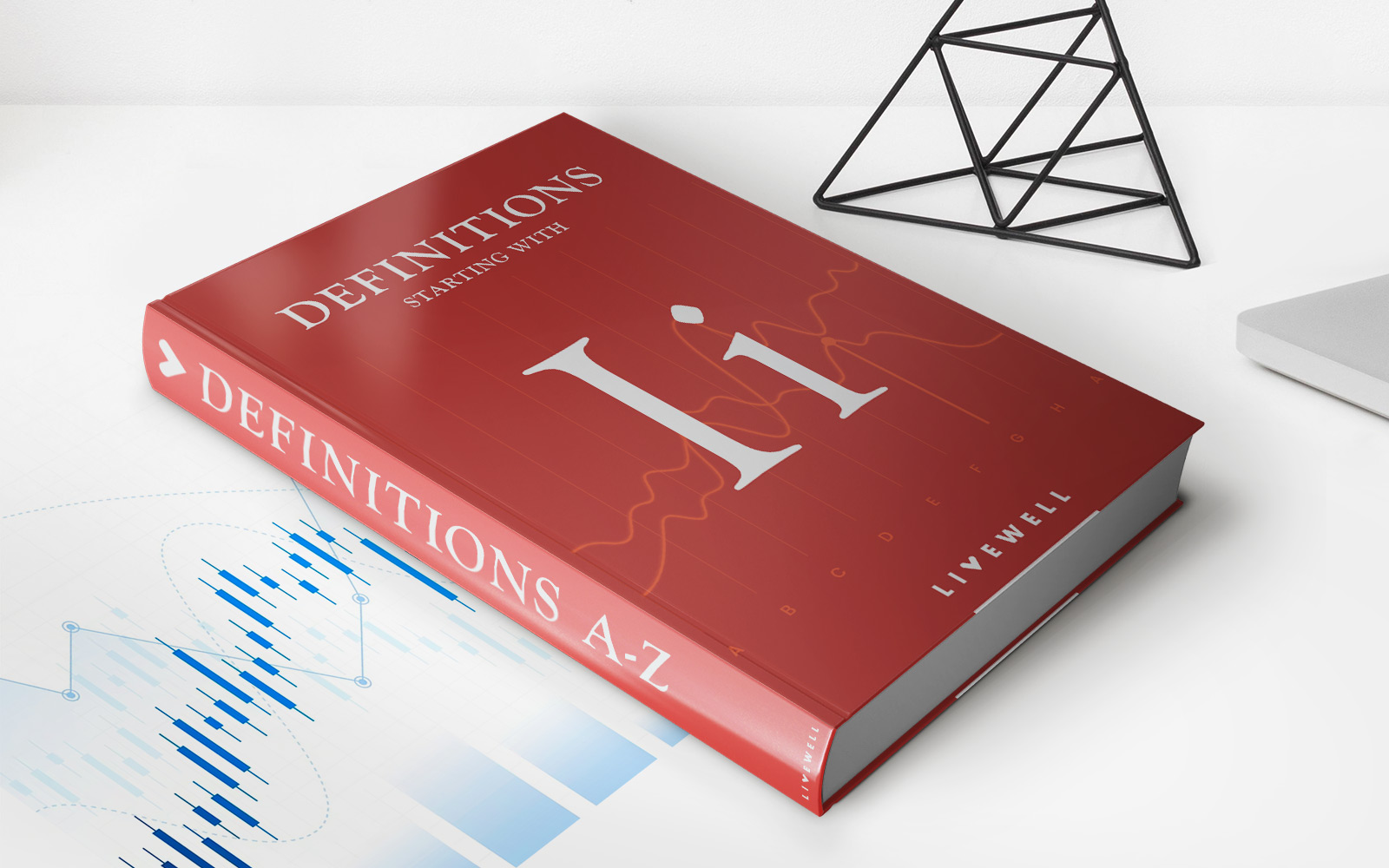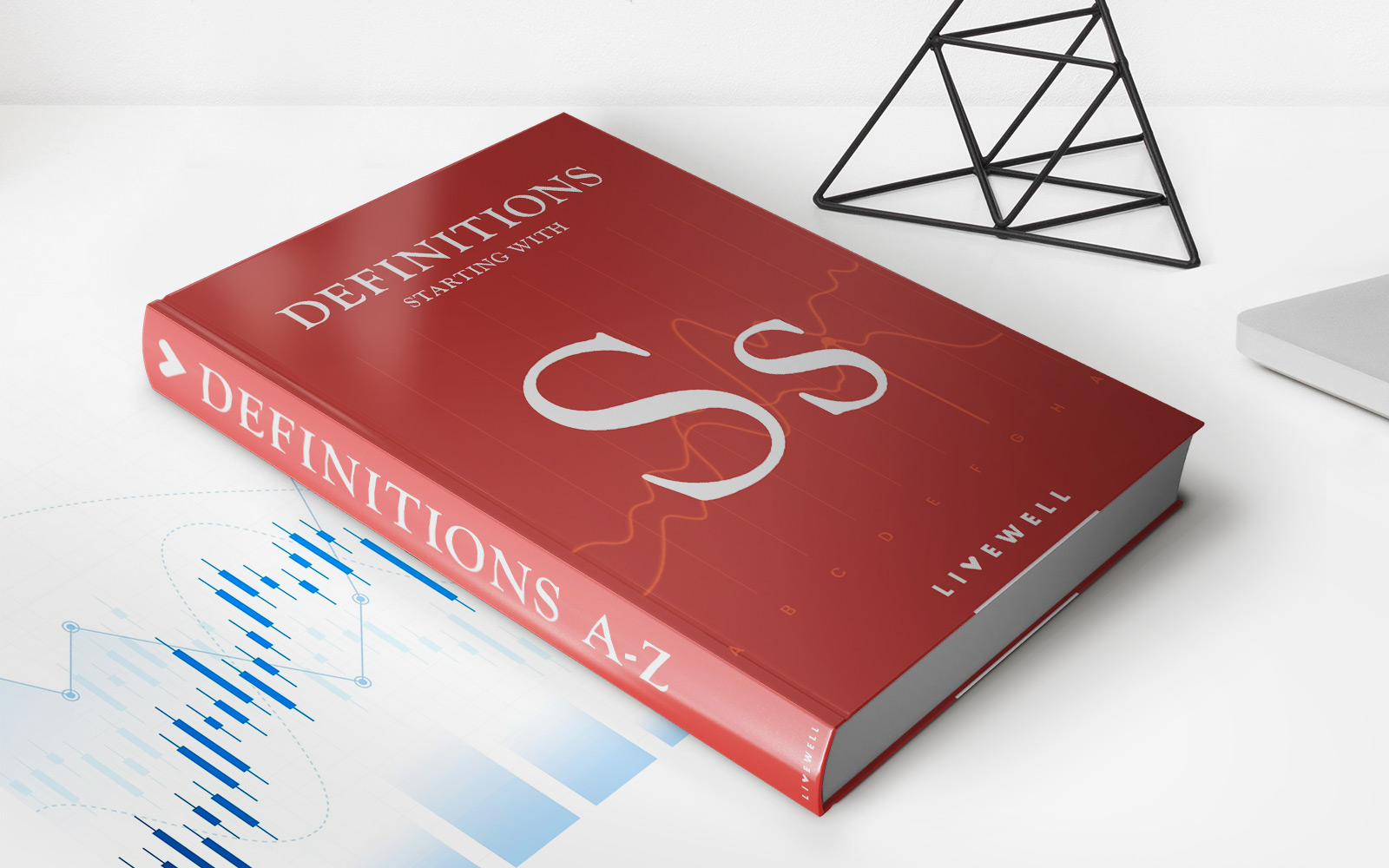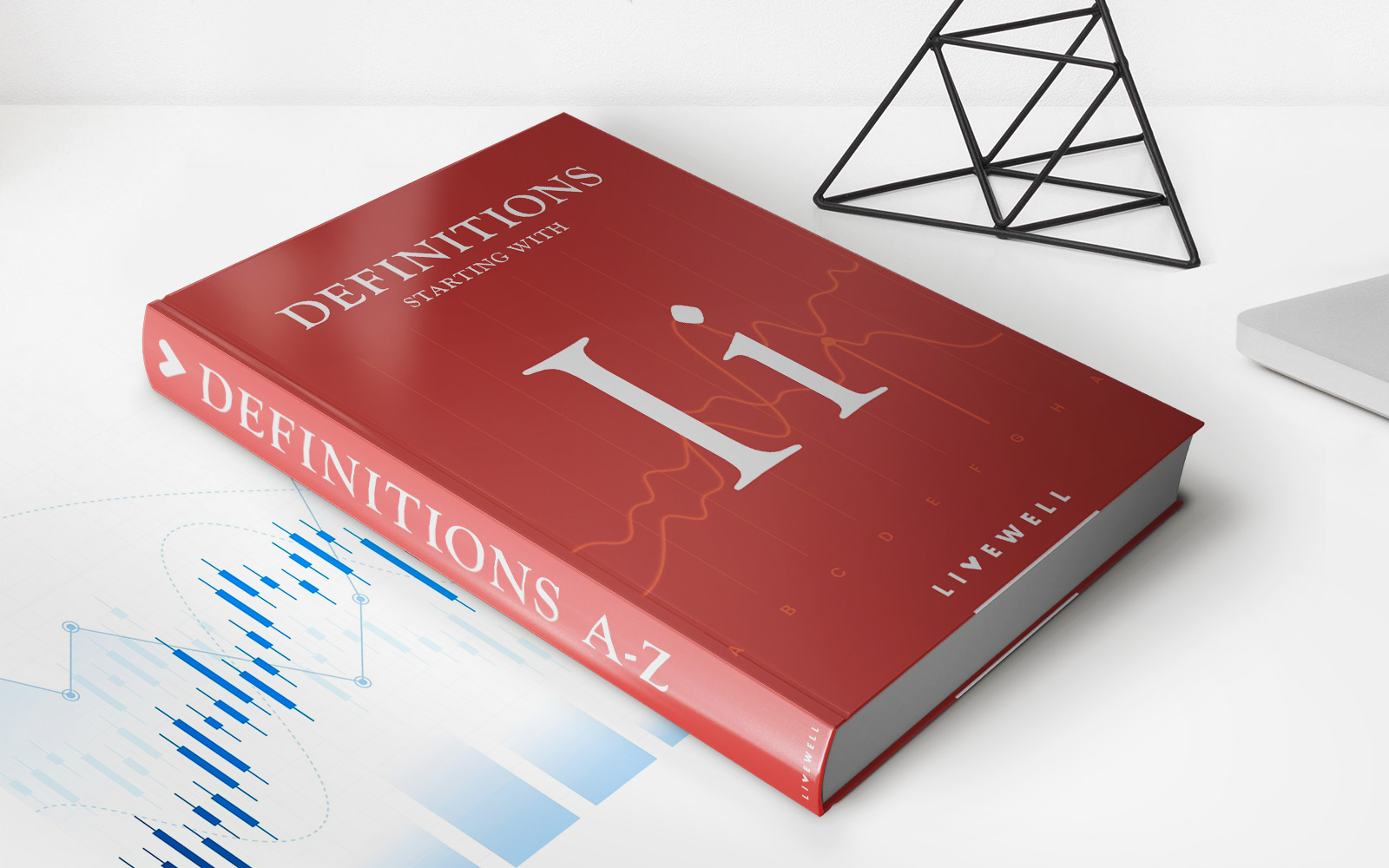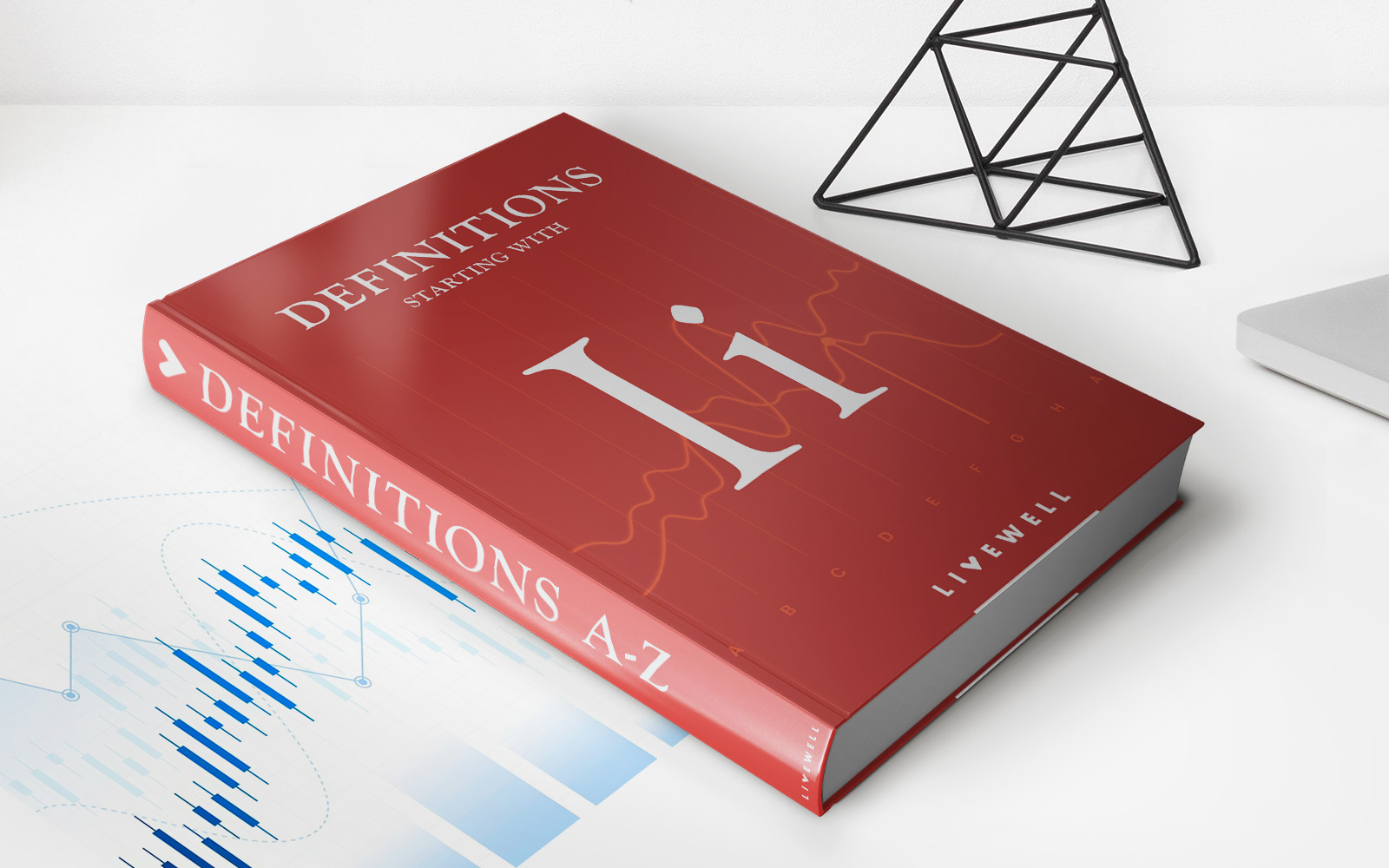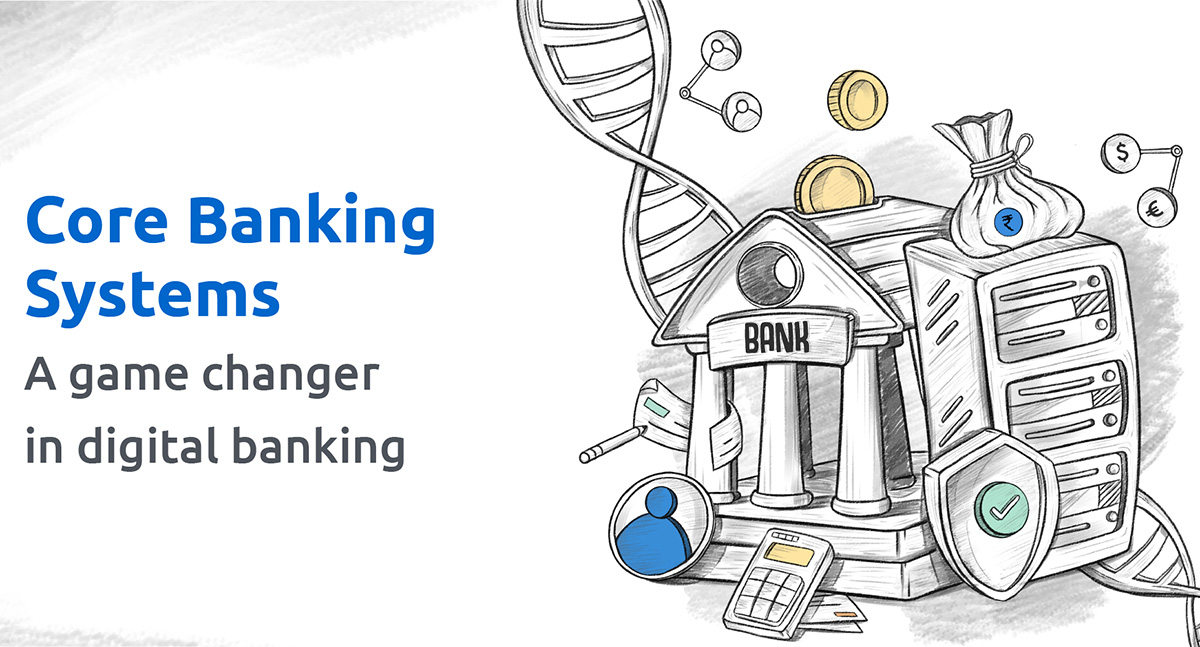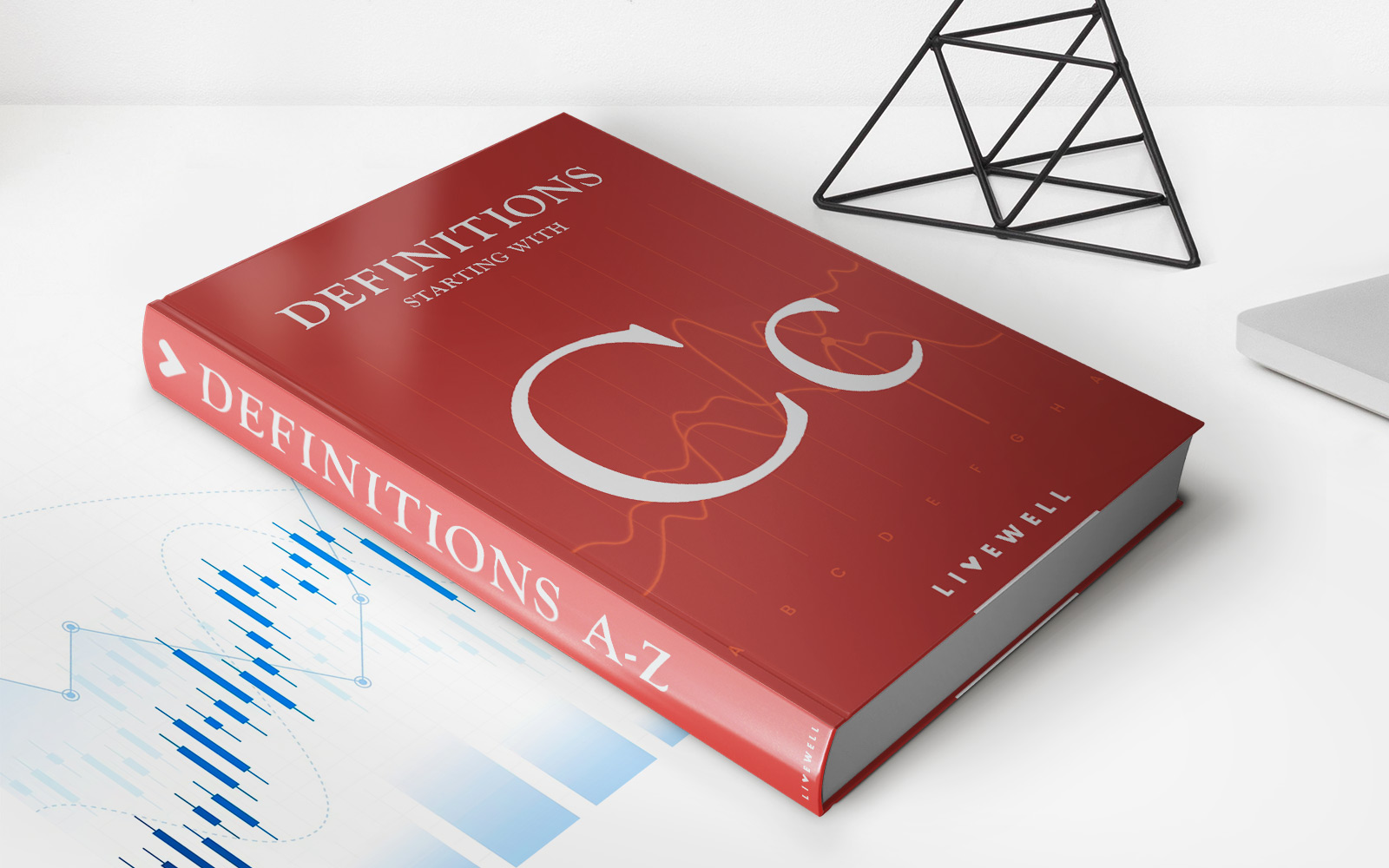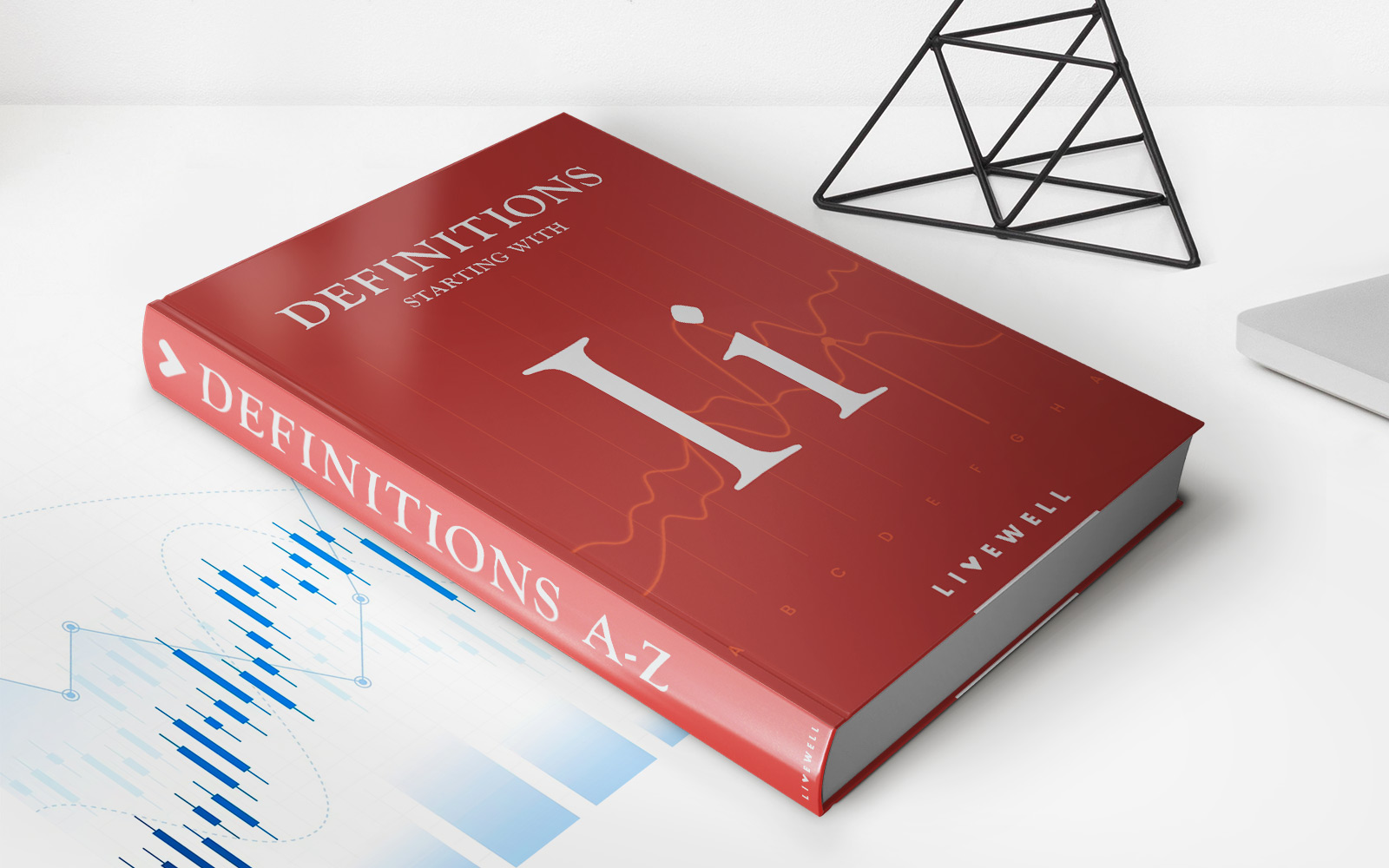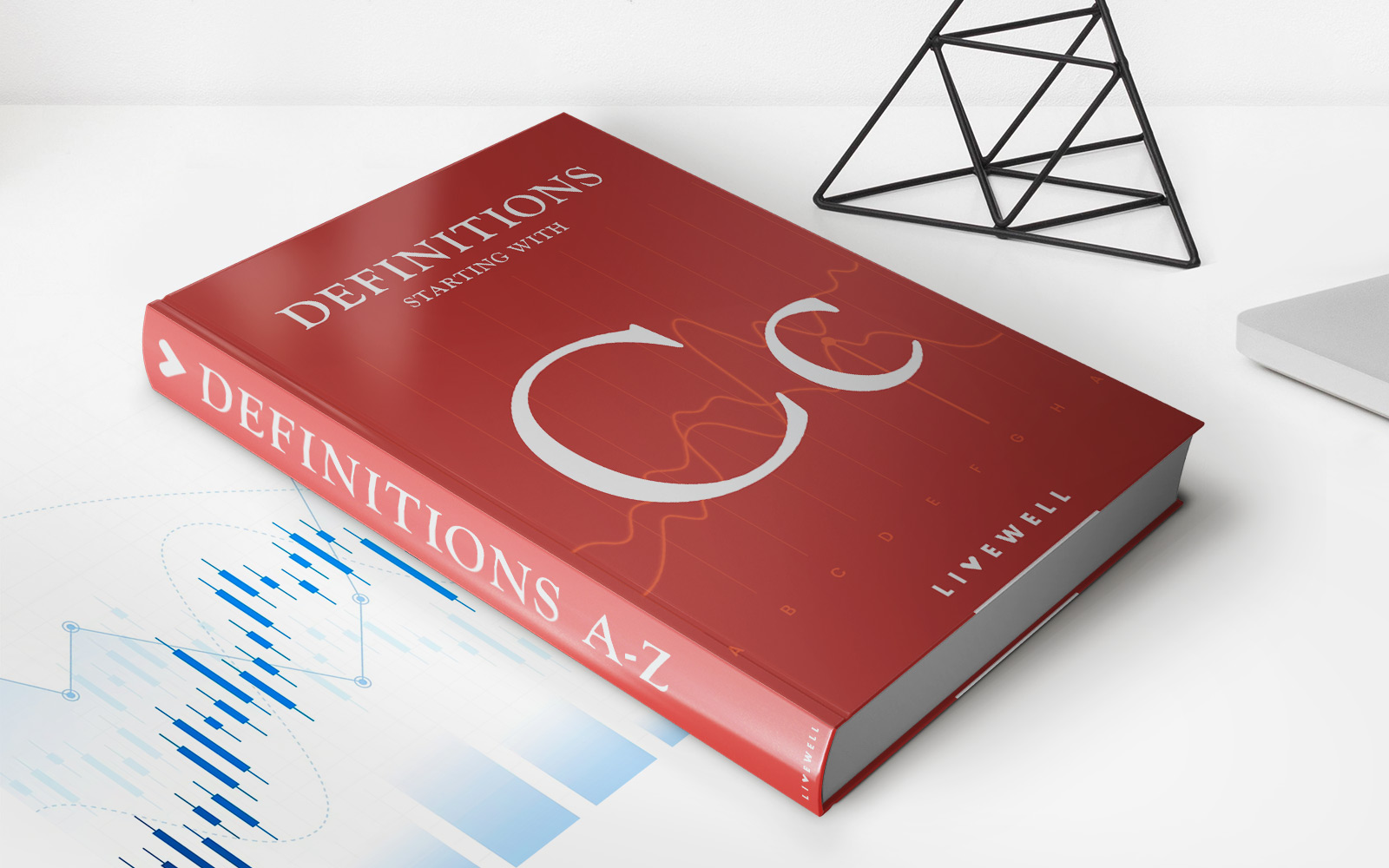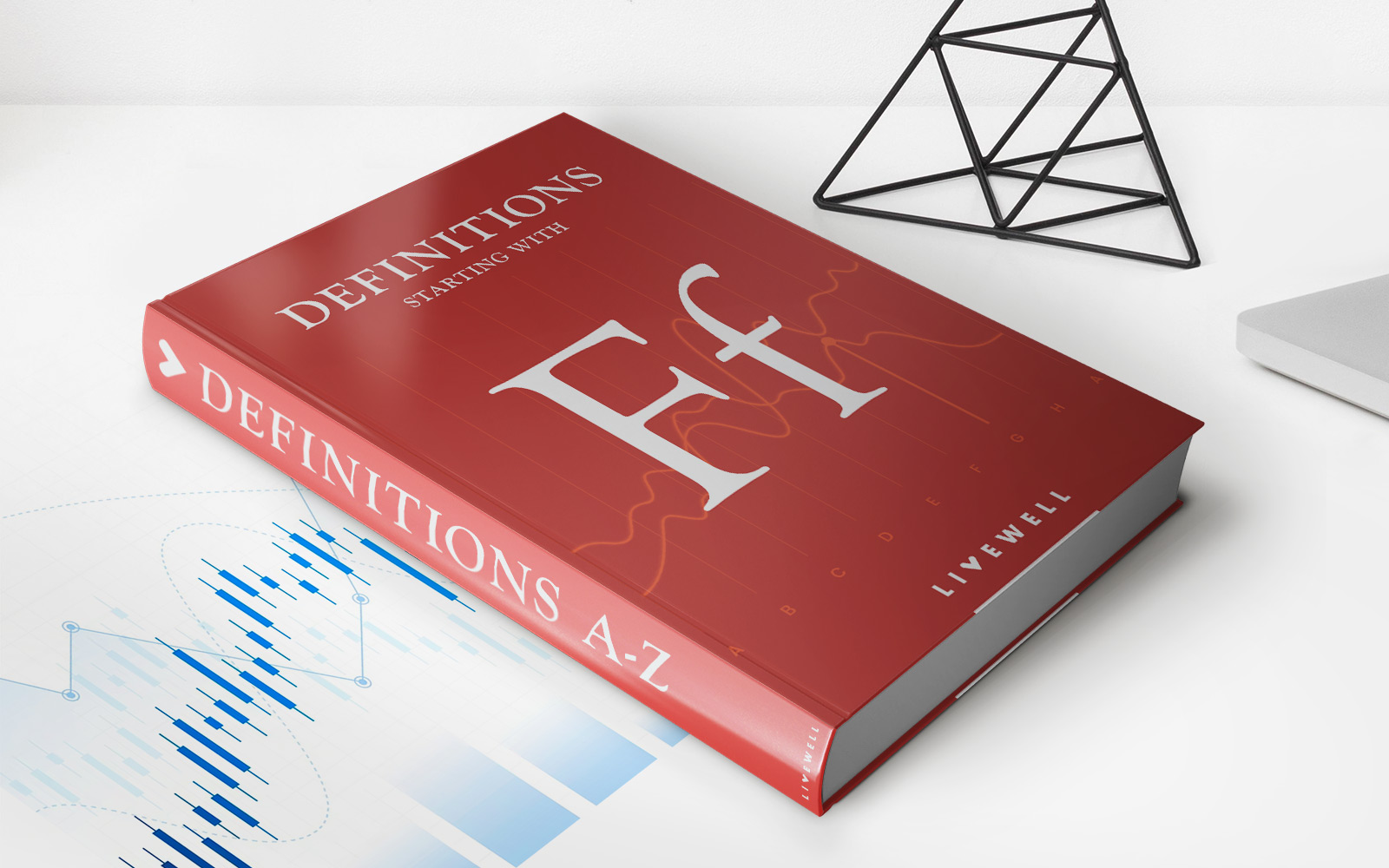
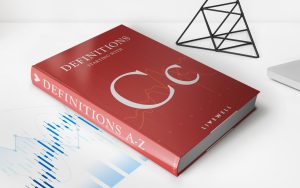
Finance
Core Inflation Definition
Published: November 3, 2023
Discover the core inflation definition in finance and understand its significance in determining the true inflation rate.
(Many of the links in this article redirect to a specific reviewed product. Your purchase of these products through affiliate links helps to generate commission for LiveWell, at no extra cost. Learn more)
Understanding Core Inflation Definition: A Key Factor in Financial Analysis
When it comes to financial analysis, understanding key economic indicators is crucial. One such indicator is core inflation. This term is often tossed around in financial circles, but what exactly does it mean? In this blog post, we will delve into the core inflation definition, its importance, and how it influences financial decision-making.
Key Takeaways:
- Core inflation is a measure of inflation that excludes volatile factors such as food and energy prices.
- It provides a more accurate indication of a nation’s underlying inflationary pressures.
So, what exactly is core inflation? In simple terms, it is a measure of inflation that excludes volatile components, such as food and energy prices, from the calculation. The purpose of this exclusion is to provide a more accurate indication of a nation’s underlying inflationary pressures. By focusing on core inflation, economists and analysts can gain a clearer understanding of the long-term trend and make informed decisions regarding monetary policy.
Now, you might wonder why we exclude food and energy prices when measuring inflation. After all, these are essential components of our daily lives. The reason behind this exclusion is the volatility associated with these sectors. Prices of food and energy can increase or decrease abruptly due to various factors such as weather conditions, geopolitical tensions, or supply disruptions. Including these volatile factors would give a misleading picture of the overall inflationary trend.
Core inflation, on the other hand, focuses on the core elements of the economy, namely the prices of goods and services that are more stable and less influenced by short-term factors. This measure provides a better understanding of the ongoing inflationary pressures, allowing policymakers and analysts to make more informed decisions regarding interest rates, fiscal policies, and overall economic stability.
So how does core inflation affect individuals and businesses? Here are a few key impacts:
- Monetary Policy: Central banks use core inflation as a guide to set interest rates. By monitoring the trend of core inflation, central banks can make adjustments to interest rates to control inflationary pressures and stabilize the economy.
- Investments: Understanding core inflation helps investors gauge the purchasing power of their investments. It allows them to make informed decisions about asset allocation and adjust their investment strategies accordingly.
- Cost of Living: Core inflation affects the cost of living. If core inflation is high, it indicates that the general price level of goods and services is rising. This can erode the purchasing power of individuals and impact their budgets and spending habits.
- Business Decisions: Companies use core inflation data to forecast costs and adjust pricing strategies. It helps businesses understand the impact of inflation on their operations and make informed decisions regarding production, price adjustments, and long-term planning.
In conclusion, core inflation is a key economic indicator that provides an accurate measure of a nation’s underlying inflationary pressures. By excluding volatile components, such as food and energy prices, core inflation allows economists, policymakers, and analysts to make more informed decisions. Whether you’re an individual investor or a business owner, understanding core inflation is essential in navigating the ever-changing financial landscape.
